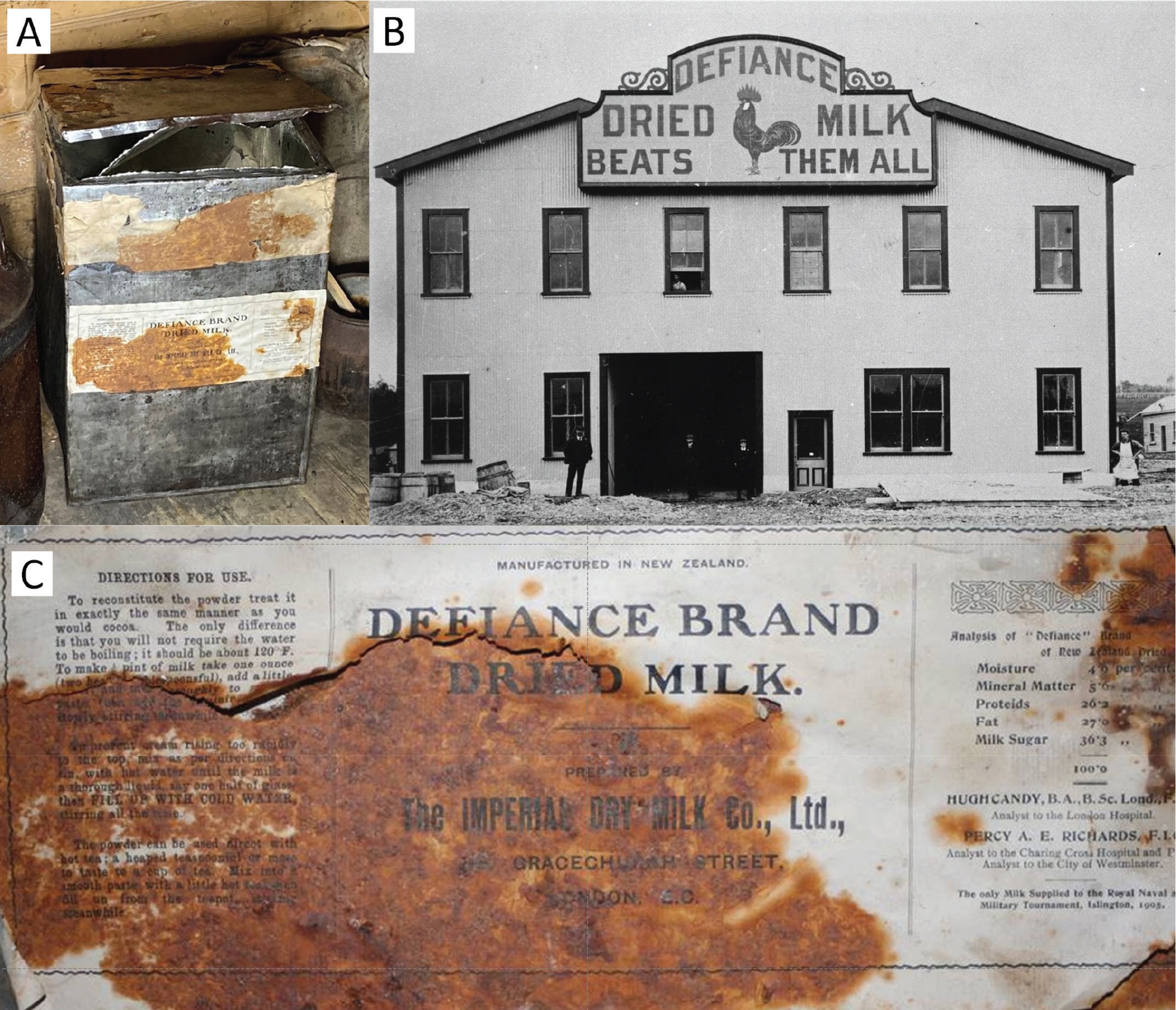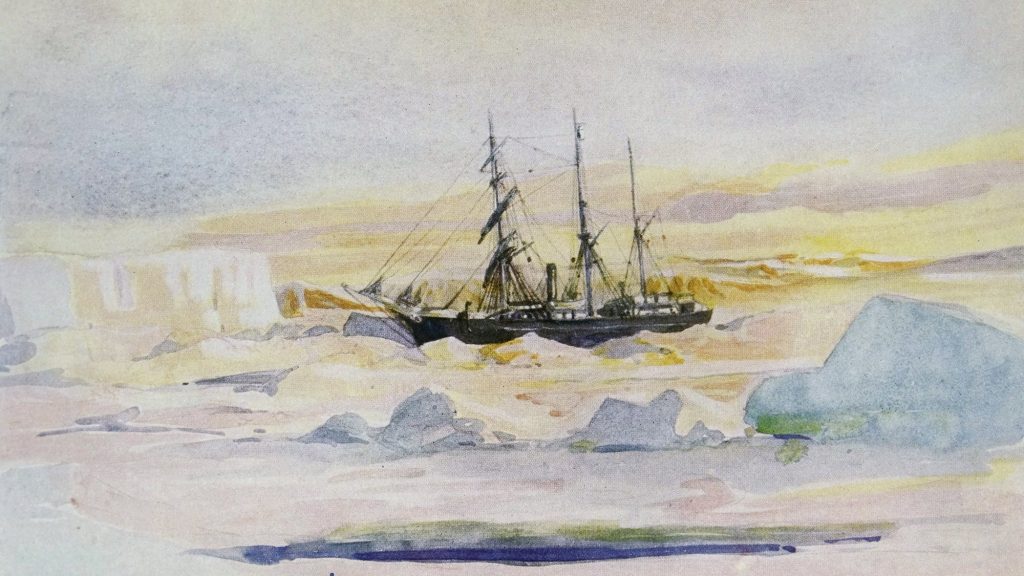As milk alternatives like almond, oat, and soy are becoming more popular continue to increase in popularity, a centuries old question about cow’s milk still remains. How is today’s dairy different from what previous generations drank?
Some clues are now coming out in the form of 117-year-old whole milk powder that was carried on Sir Ernest Shackleton’s British Antarctic Expedition in the early 20th Century. A study printed in the March 2024 edition of the Journal of Dairy Science found that despite advancements in selective cow breeding and changes to farm practices, milk from the present and past have more similarities than differences.
The Nimrod expedition
The powdered milk in the study was made by New Zealand’s Defiance brand in 1907. On New Year’s Day in 1908, Shackleton and his crew aboard the ship Nimrod embarked on a mission to be the first to set foot on the South Pole. The Nimrod was well stocked with dairy products, including 1,000 pounds of dried whole milk powder, 192 pounds of butter, and two cases of cheese. The crew would make it farther south than any known human had been before and made it within 100 nautical miles of the South Pole and left their base camp and its supplies behind.

About a century later, one remaining container of Defiance whole milk powder was discovered during a restoration project by the Antarctic Heritage Trust restoration project. The milk powder had been frozen in time and ice at Shackelton’s base camp for 100 years.
“The Shackleton dried milk is possibly the best-preserved sample manufactured during the pioneering years of commercial milk powder production, and its discovery gives us a once-in-a-lifetime chance to understand the similarities and differences between a roller-dried milk powder manufactured over 100 years ago with modern spray-dried counterparts,” Skelte G. Anema, a study co-author and chemist at Fonterra Research and Development Centre in New Zealand, stated.
[Related: Ancient milk-drinkers were just fine with their lactose intolerance–until famine struck.]
According to Anema, before vacuum-assisted evaporation, milk powders were made by a roller-drying process. Boiling-hot milk was poured between two steam-heated revolving cylinders so that the water evaporated. A thin sheet of dried milk was left behind that was then milled and sieved. While scientists knew that these early milk powders were not as sophisticated as those available today, they were not sure what other differences existed.
Analyzing milk powders
In the study, the team tested some hundred grams of the 100 plus year-old Defiance milk. They sought to compare it with two modern-day commercial, non-instantized and spray-dried whole milk powder examples. They compared the composition of the milk’s major and trace components, proteins, fatty acids, and phospholipids. They also viewed the microstructural properties, color, and volatile components in the different whole milk powder examples.
Anema said that despite the samples being over a century apart, the overall composition and detailed protein, fat, and minor components have not changed much over the years.
The fatty acid composition, phospholipid composition, and protein composition of the samples were generally similar. The main mineral components were also relatively alike, except for higher levels of lead, tin, iron, and other trace minerals found in the Shackleton whole milk powder. These minerals likely came from the tin-plated can the powder was stored in and the equipment and water supply used during that time period. Using stainless steel and better water has eliminated that issue from modern milk powders, according to the team. The team stated this..
One noticeable difference in the Shackleton milk samples was the presence of oxidation-related volatile aroma compounds.
[Related: An Interview with Alexandra Shackleton: Continuation of Sir Ernest’s Legacy.]
Anema suggested that perhaps the raw milk was not collected and stored ideally before drying, but it is more likely that even in frozen conditions, being stored in an open tin for a century would lead to continued oxidation.
Even though the milk samples were remarkably similar, the team highlights that modern spray-dried whole milk powders are significantly better in terms of the powder quality. They look better and dissolve in water more easily. The modern powdered whole milk is much better in terms of quality. It looks better and dissolves in water more easily.
This unique Antarctic time capsule still gives us a peek into dairy food production methods of the past and its evolution over time.
Anema stated that the Shackleton samples demonstrate the significance of dairy products, which are rich in protein and energy and can be easily powdered for transport, preparation, and consumption.









